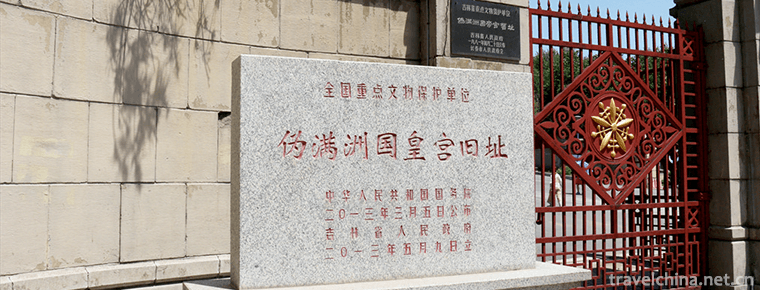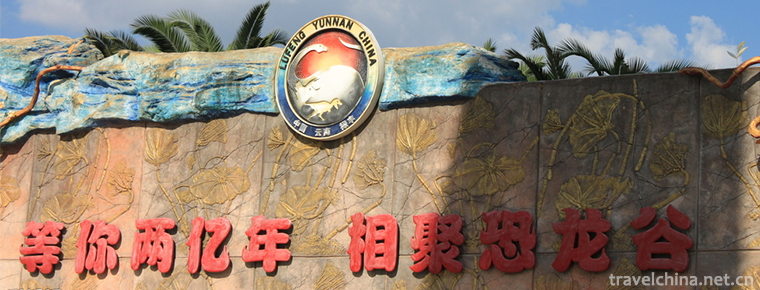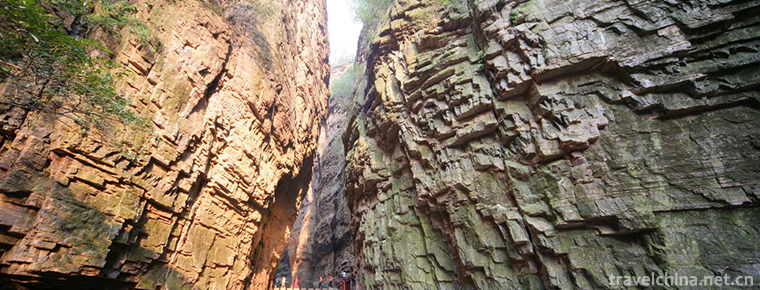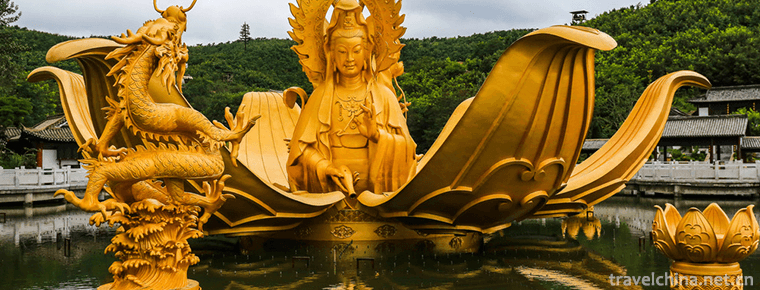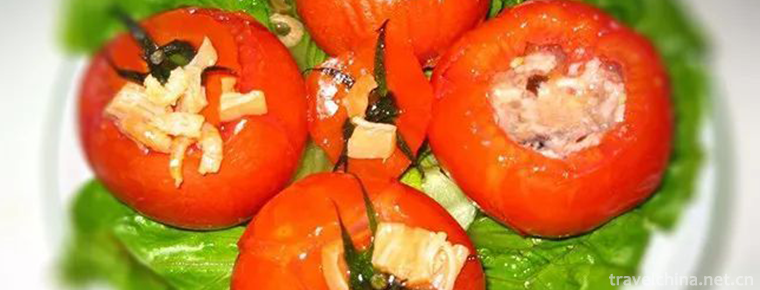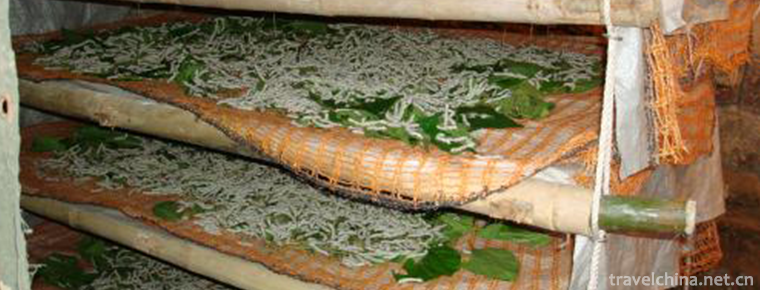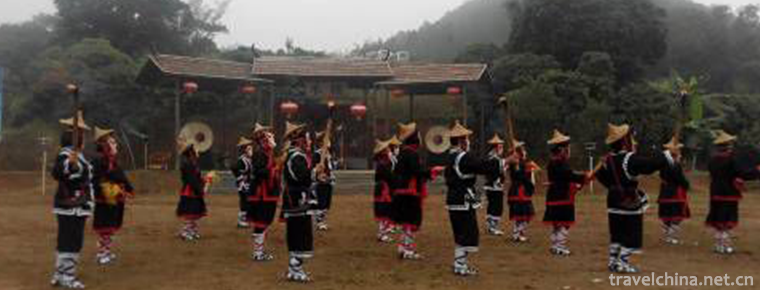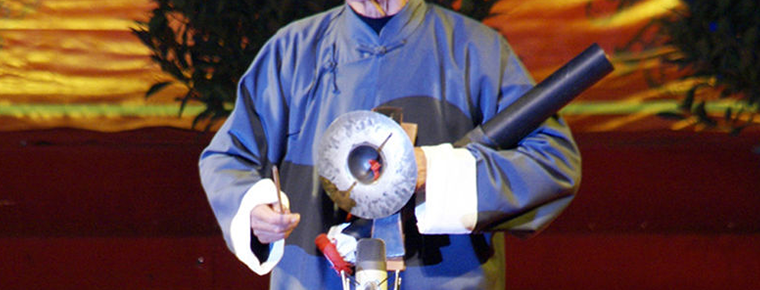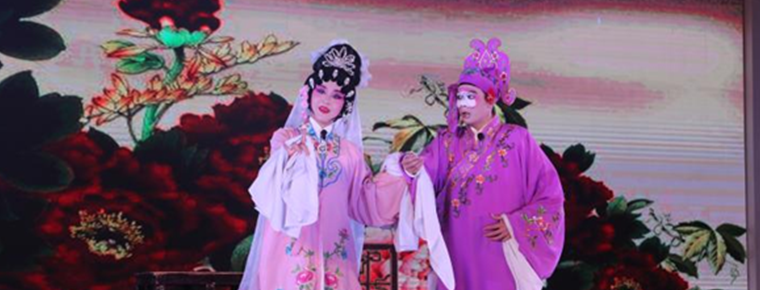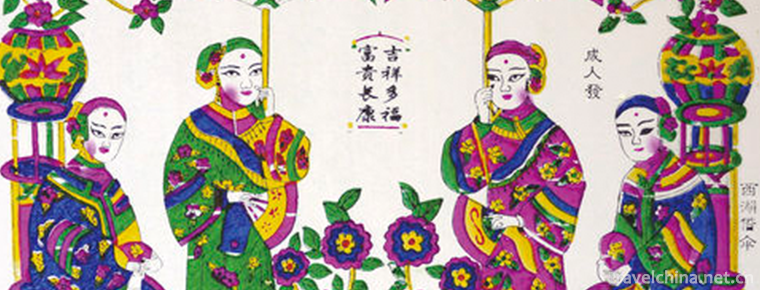Sun Zhongshans hometown
Sun Yat-sen's hometown is located in Cuiheng Village, Zhongshan City, Guangdong Province. It is surrounded by mountains on three sides: south, north and west, East by the Pearl River Estuary, 20 kilometers from Zhongshan City, 90 kilometers from Guangzhou City, 30 kilometers from Macao, and across from the Pearl River Estuary, Shenzhen and Hong Kong.
Sun Yat-sen's Hometown Tourist Area is the most representative and influential historical and cultural scenic spot in Guangdong. It has far-reaching epochal significance in promoting the reunification of the motherland, uniting overseas Chinese compatriots at home and abroad and realizing the Chinese dream of great rejuvenation of the Chinese nation.
Sun Yat-sen's hometown has a management area of 200,000 square meters. It is the only national key cultural relic protection unit in Zhongshan City and the national AAAAA-level tourist attraction.
Library structure
Sun Yat-sen's Former Residence Memorial Hall in Zhongshan City, Guangdong Province, is located in Cuiheng Village, Zhongshan City, Guangdong Province. It covers an area of more than 2500 square meters and exhibits an area of 1100 square meters. It mainly consists of two exhibition sites, Sun Yat-sen's former residence and Sun Yat-sen Cultural Relics Museum.
Sun Yat-sen's former residence is the only national key cultural relic protection unit in Zhongshan City. It is located in Cuiheng Village, Nanlang Town, Zhongshan City. It covers an area of 500 square meters and has a building area of 340 square meters. It was built by Sun Yat-sen's eldest brother, Sun Mei, who remitted back from Honolululu in 1892 and was presided over by Sun Yat-sen.
Sun Yat-sen's former residence is a two-storey building with brick and wood structure and a combination of China and the West. It has a wall around the courtyard. On the south side of the main entrance of the wall is a stone carved plaque of Sun Yat-sen's former residence, a national key cultural relic protection unit. On the south side of the main entrance of the former residence is the wooden carved plaque of Sun Yat-sen's former residence written by Song Qingling. Sun Yat-sen's former residence looks like western architecture. Each of the upper floors has seven ochre-red ornamental arches. In the middle of the eaves are gray carvings with rings, and under the rings an eagle with a ring of money is carved. The interior design of the building is in the form of traditional Chinese architecture, with the main hall in the middle and two ear rooms on the left and right. The four walls of brick walls are brick-grey with white lines drawn, and the windows are opposite under the main beam. The building has many doors, windows and passages. In the house, there are doors leading to the street from front to back, turning left to right, and returning to the original starting point. There is a couplet on the front door: "One rafter, five Gui live in peace." It was written by Sun Yat-sen himself after the completion of the building. There is a well on the right side of the courtyard. The surrounding area of the well (about 32 square meters) is the old house where Sun Yat-sen was born. Sun Yat-sen was born here on November 12, 1866.
The main hall of the former residence was decorated by Sun Yat-sen himself. In 1883, he returned from Honolulu with two kerosene lamps and placed them on a bar. The back seat is Sun Yat-sen's mother's bedroom, and the south side of the main hall is Sun Yat-sen's eldest brother, Sun Mei, and his wife, Tan's bedroom. The northern ear chamber is Sun Yat-sen's bedroom with Mrs. Lu Muzhen, Yuanpei's wife. The big wooden bed, dressing table and stool used in that year are still on display. Sun Yat-sen lived here from 1892 to 1895 and in 1912. On the south side of the second floor is Sun Yat-sen's study. On the wall are pictures of Sun Yat-sen when he was 17 years old. There are desks, chairs and iron beds used by Sun Yat-sen everyday. In the winter of 1893, Sun Yat-sen studied ancient and modern books in this study, explored the truth of saving the nation and the people, and drafted Shang Li Hongzhang Book here. He put forward the idea of "people can do their best, land can do their best, things can do their best, goods can flow smoothly". In 1895, he discussed with Lu Haodong the strategy of saving the nation in this study. He also treated the villagers here.
On the south side of the former courtyard, a sour seed tree was planted by Sun Yat-sen, who brought back seeds from Honolulu in 1883. It was thriving and flourishing. On the North side, it was a brick flower platform.
Around the former residence
are the remains of Sun Yat-sen's activities as a teenager. When Sun Yat-sen was
7 to 12 years old, he often gathered firewood with his sister Sun Miaoxi in the
Golden Betel Mountains. The ancient well on the mountainside is a well that he
often carries water home. Sun Yat-sen often catches fish and swims in the
streams of Lanxi under the mountain. Sun Yat-sen's famous essay, Deming,
Yixian, was once aliased as Zhongshan Qiao, later known as Zhongshan. He was
born in Cuiheng Village on November 12, 1866. In his childhood, he yearned for
the Taiping Revolution. In 1892, under the cover of practicing medicine in
Macau and Hong Kong, he carried out political activities to save the nation's
peril. In 1894, Li Hongzhang wrote to him and put forward political
propositions for innovation, which were rejected. He realized that only when
the revolution overthrew the Qing government, could China be saved. So he went to
Honolulu to contact overseas Chinese, propagate the revolution, organize and
establish the first bourgeois revolutionary group in China, the Xingzhong
Association, and put forward the idea of overthrowing the Qing government and
establishing a bourgeois democratic republic. In 1895, the Guangzhou Uprising
was planned, but it was not vented. It was exiled abroad. In 1900, the Huizhou
Uprising failed. Since then, revolutionary activities have continued abroad. In
1905, Sun Yat-sen led the Xingzhong Association in Japan. He formed the China
Alliance Association with the Huaxing Association and the Restoration
Association. He was elected Prime Minister and formulated a political program
to expel the Tartars, restore China, establish the Republic of China and equalize
land rights. For the first time, it publicly put forward the Three People's
Principles (Nationality, Civil Rights and People's Livelihood). It called for
the realization of national independence and the establishment of a republic.
Since 1906, many armed uprisings have been held successively, but none of them
succeeded.
On October 10, 1911, Sun Yat-sen led the Chinese League and other revolutionary groups, relying on the strength of the Socialist Party and the New Army, in Wuchang Uprising. The provinces responded one after another. The reactionary rule of the Qing Dynasty collapsed rapidly. Sun Yat-sen returned to Shanghai in December and was elected as interim president by the Congress of 17 provinces. In January 1912, the interim government of the Republic of China was established in Nanjing. He was forced to resign as interim president in April. In 1913, because Yuan Shikai sent people to assassinate Song Jiaoren, Sun Yat-sen categorically advocated the "Second Revolution" against Yuan. Because of internal differences of opinion, it soon failed. In 1914, another Chinese Revolutionary Party was formed and was elected Prime Minister, and immediately issued the second "Declaration of Inquiring Yuan". Duan Qirui dissolved the Parliament in 1917 and abolished the Provisional Treaty Law. Sun Yat-sen formed a government of the French Army in Guangzhou. He was elected Marshal, sworn to the Northern Expedition and was held hostage by the warlords of the Gui family. In 1919, he was forced to resign to Shanghai, set up construction magazines, published industrial plans, and reorganized the Chinese Revolutionary Party into the Chinese Kuomintang.
He took office in Guangdong in 1921 and retired to Shanghai because of Chen Jingming's rebellion. The victory of the October Revolution in Russia, the rise of the May 4th Movement and the establishment of the Communist Party of China brought him new hope. He united the Soviet Union and the Communist Party of China, reorganized the Kuomintang, rebuilt the Grand Marshal's House in Guangzhou in February after expelling Chen Jingming in 1923, and convened the first National Congress of the Kuomintang in Guangzhou in January 1924. After the declaration, the three major policies of the United Russia, the Communist Party and the support of farmers and workers were implemented, and the Three People's Principles were reinterpreted, the old Three People's Principles were developed into the new Three People's Principles, the Whampoa Military Academy was founded, and the rebellion of Guangzhou Business Group was suppressed. In November, at the invitation of Feng Yuxiang, he died in Beijing on March 12, 1925.
The big banyan tree in front of the former residence courtyard is the place where he often heard Feng Guanshuang, an old man who participated in the Taiping Army, tell the story of the Taiping Heavenly Kingdom general's anti-Qing Dynasty.
It is reported that the total investment of Sun Yat-sen's former residence project is about 13 billion yuan. Through the construction of Sun Yat-sen's former residence, a famous international leisure and vacation town with modern and historical features will be built. It is planned to create a national 5A tourist attraction within three to five years. The 1911 Revolution Memorial Park covers an area of 19.8 mu, with a total investment of about 39.32 million yuan. It was completed in 2010.
Basic Display
It is divided into three parts: Sun Yat-sen Memorial Exhibition Area, Cuiheng Residential Exhibition Area and Cuiheng Agricultural Exhibition Area. Sun Yat-sen Memorial Exhibition Zone includes Sun Yat-sen's Former Residence Memorial Hall and other historical sites of Sun Yat-sen in Cuiheng Village; Cuiheng Residential Exhibition Zone displays the residences and living conditions of various strata in Cuiheng Village in the late Qing Dynasty and early Republic of China, and reproduces the historical background of Sun Yat-sen's birth and growth; Cuiheng Agricultural Exhibition Zo Agricultural ecology in the Pearl River Delta includes vegetable planting, Mulberry fish pond, poultry raising and soilless cultivation in modern agriculture.
museum piece
The banner "Later Comes Up" is the original handwriting of Cuiheng School presented by Sun Yat-sen in 1921, which reflects his concern and support for education in his hometown. This is Sun Yat-sen's only inscription for his hometown.
Sun Yat-sen took a picture with his family in May 1912, when he resigned from his temporary presidency and returned to his hometown. It was Sun Yat-sen's only picture in Cuiheng Village.
The quotation sheet for the construction materials of the former residence is the quotation sheet for the construction of Tsuiheng Sun Yat-sen's former residence in March 1892. The list lists the scale, materials, working hours, cost and structure of the construction project of Sun Yat-sen's former residence, which is an important historical evidence of the construction of Sun Yat-sen's former residence.
The family genealogy of Cuihengsun records the general situation of Cuihengsun's relocation from Dongguan to Xiangshan, the reason and process of his ancestral tomb's relocation in 1880, and his fifth to thirteenth ancestors'descent, name, spouse's name, birth and death time and burial place, etc.
The typewriter used by Song Qingling at that time.
Scenic spot construction
Sun Yat-sen's hometown tourist area is located in Cuiheng Village, Nanlang Town, Zhongshan City, Guangdong Province. The total area of the tourist area is 3.15 square kilometers. It includes five core scenic spots: Sun Yat-sen's Former Residence Memorial hall, Cuiheng ancient village, Zhongshan City, Xinhai Revolution Memorial Park and Litoujianshan Mountain. It presents Sun Yat-sen's birth and growth environment, revolutionary activities and activities Relevant historical relics. In order to improve the overall level of Sun Yat-sen's hometown tourist area and create a national 5A tourist attraction, the tourist area has invested 350 million yuan in the renovation of Lanxi River and the construction of tourism public facilities. At present, the main infrastructure projects including the renovation of both sides of Cuiheng Avenue and parking lot have been completed.
The head of Zhongshan Tourism Bureau said that the 5A work of creating scenic spots had passed the preliminary inspection, and the national inspection was expected to be carried out between the end of October and the beginning of November. In addition to the renovation of facilities, the scenic spot will also build a service scenic spot, tourists and Merchants'Intelligent Tourism system, including scenic spot management platform, marketing platform and portal website. Through multi-platform construction, the comprehensive management and operation level of tourism business in the scenic spot will be improved, and a high-quality tourism ecological environment will be created.
In October 2016, it was approved as a national 5A tourist attraction.
Significance
Experts believe that as the origin of China's modern revolution, the tourist area of Sun Yat-sen's hometown is the most representative and influential historical and cultural scenic spot in Guangdong. Building the tourist area of Sun Yat-sen's hometown with 5A standard has profound significance in promoting the reunification of the motherland, uniting overseas Chinese compatriots at home and abroad, and realizing the great rejuvenation of the Chinese nation. The far-reaching significance of the times.








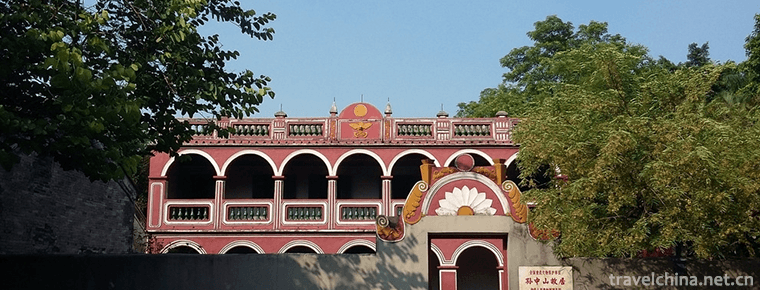
-
The Museum of the Imperial Palace of Manchukuo
The Museum of the Imperial Palace of “Manchukuo†is located in Guangfubei Road, Kuancheng District, Changchun City. It is a Palace Ruins Museum built on the site of the Puppet Manchu Palac.
Views: 230 Time 2018-12-05 -
World Dinosaur Valley
Lufeng World Dinosaur Valley is located 23 kilometers south of Lufeng County, Chuxiong Prefecture, at Ana Village Dinosaur Mountain, Chuanjie Township. It is situated beside Kunchu Expressway.
Views: 113 Time 2018-12-19 -
Longtan Grand Canyon Scenic Area
Longtan Grand Canyon Scenic Area is the core scenic area of national AAAAA level scenic area, National Geological Park and Daimeishan World Geological Park. It is a Canyon Scenic.
Views: 112 Time 2019-02-06 -
Huaxia City Scenic Spot in Weihai
Weihai Huaxia City Scenic Area belongs to Huaxia Cultural Tourism Group Co., Ltd. It is located in Weihai, a beautiful seaside resort city. It is a large-scale ecological and cultural.
Views: 102 Time 2019-02-22 -
Eight treasures tomato
Blanch the tomatoes with boiling water, peel them off, dig a round piece along the pedicle one week, remove the seeds and wash them. Cut all the accessories into small dices, mix shrimps and meat with.
Views: 265 Time 2019-03-25 -
Silkworm custom
Haining City, the ancient name is meaningful, and later because of drunken plum from wood changed its name to salted plum. This is the seat of Changshui County in the Spring.
Views: 122 Time 2019-04-04 -
Wo Lou dance
Helou Dance is a traditional folk entertainment program in Yunan County, Guangdong Province. It is called "living fossil" in traditional dance. Helou Dance is the product of.
Views: 138 Time 2019-05-02 -
Hunan fishing drum
Fishing drum is also called tube and bamboo piano. Song Dynasty has emerged, is a popular traditional musical instrument in Hubei, Hunan, Shandong, Guangxi and other areas, often used in opera perform.
Views: 177 Time 2019-05-03 -
Hua Chao Opera
Huachao Opera, a local traditional drama in Zijin County, Guangdong Province, is one of the national intangible cultural heritage..
Views: 117 Time 2019-05-04 -
Beach Head Wood Engraving New Year Pictures
Tantou woodcut New Year's picture is the only handmade woodcut watermarking New Year's picture in Hunan Province. It has its own style with strong local characteristics in southern Chu. Tantou Town is.
Views: 295 Time 2019-06-18 -
And then I met him 66 Hu Tik Tok Songs 2020 Hot Songs
Hey, do you still think of me Like I cry sometimes at night I was so happy that I thought you were the end To give you everything Time is always disobedient and starts to play dumb.
Views: 487 Time 2020-05-21 -
Dazhou health
By the end of 2019, Dazhou city has 4514 health institutions, including 430 hospitals and health centers, 8 maternal and child health centers (stations) and 8 centers for Disease Control and prevention. There were 35862 beds in health institutions. Am.
Views: 356 Time 2020-12-20
